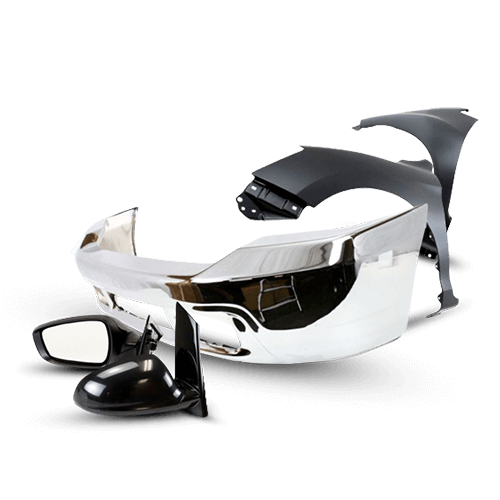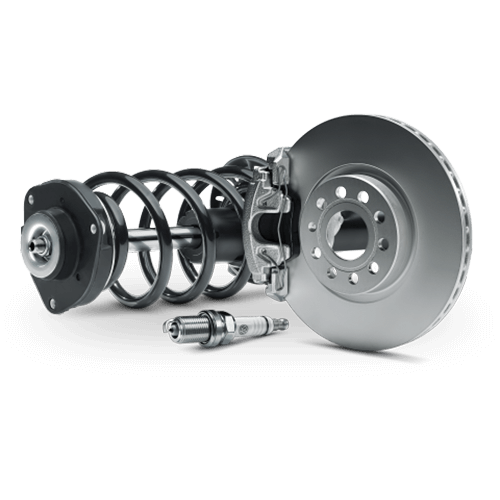
Understanding Electrical Relays: Essential Car Components
In the intricate web of wires, circuits, and components that make up a modern vehicle, electrical relays play a crucial role. These unassuming devices act as silent traffic cops, controlling the flow of electrical current and enabling various systems in your car to function seamlessly. In this blog, we'll delve into the world of electrical relays, defining their parts and exploring their significance in automotive applications.
What Is an Electrical Relay?
An electrical relay is an electromechanical device that serves as a switch, allowing a low-power electrical signal to control the operation of a high-power electrical circuit. Essentially, it acts as a middleman between a low-voltage control circuit and a high-voltage load circuit. This mechanism enables a small electrical signal to trigger a larger, more significant action. For example, when you park your car and turn off the engine, the headlight stays on for a few seconds before it turns off. This happens because of the headlight bulb relay that allows the light to stay on for the duration. All relays are relatively similar to one another, and the parts of the electrical relay are as below:
- Coil: This is the input side of the relay. When a low-voltage electrical signal is applied to the coil, it generates a magnetic field. Coils are typically made of copper wire wound around a core, and the number of windings in the coil determines its sensitivity.
- Armature: The armature is a movable part within the relay that is controlled by the magnetic field generated by the coil. When the coil is energized, the armature moves, either opening or closing electrical contacts.
- Electrical Contacts: These are the output side of the relay. When the armature moves, it either opens or closes the electrical contacts, completing or interrupting the circuit. Contacts can be normally open (NO) or normally closed (NC), depending on the relay's design.
How Relays Are Used in Cars and Other Vehicles
Relays are extensively used in the automotive industry for a wide range of applications, primarily due to their ability to handle high currents and voltages while keeping the control circuit isolated from the load circuit. Here are some common ways relays are employed in cars:
- Headlight Relay: Relays are used to control high-beam and low-beam headlights. They allow the use of a small switch to control the flow of electricity to the headlights, which can draw significant currents. DAMA 4 Pin Multi Purpose 30/20A Heavy Duty SPST Relay or DAMA WM686 4 Pin Split Charge Continuous Duty SPST Relay are the most cost-effective and reliable relays in the market. High and low beams have separate relays. Since low beams are used more than the high beams, there is more low beam relay failing than the high beams. Also, all DAMA relays are waterproof which is crucial not only for cars but also for marine vehicles like boats and water skis.
- Fuel Pump Relay: The fuel pump in your car requires a significant amount of power to deliver fuel to the engine. A relay is used to control the fuel pump, ensuring it operates only when the engine needs fuel.
- Electric Cooling Fan Relay: Many modern cars have electric cooling fans that help regulate the engine's temperature. Relays are used to control the fans, activating them when the engine gets too hot.
- Power Windows and Door Locks: In vehicles with power windows and central locking systems, relays are employed to manage the flow of electricity, allowing you to control these features with a simple button press.
- Starter Relay: When you turn the key to start your car, a small electrical signal from the ignition switch triggers the starter relay, which connects the high-power battery to the starter motor. This is a critical role because it ensures that the high current required to crank the engine doesn't flow through the ignition switch itself.
An electrical relay is a small part out of roughly 30,000 parts in an average car, but the significance of relays is immensely important. They act as vital intermediaries that enable low-voltage control circuits to manage high-voltage load circuits. Relays ensure the safety and efficiency of electrical systems in cars, making them an indispensable component in modern vehicle design. Whether you're starting your car, turning on the headlights, or controlling various other systems, you can thank the humble electrical relay for making it all possible.






